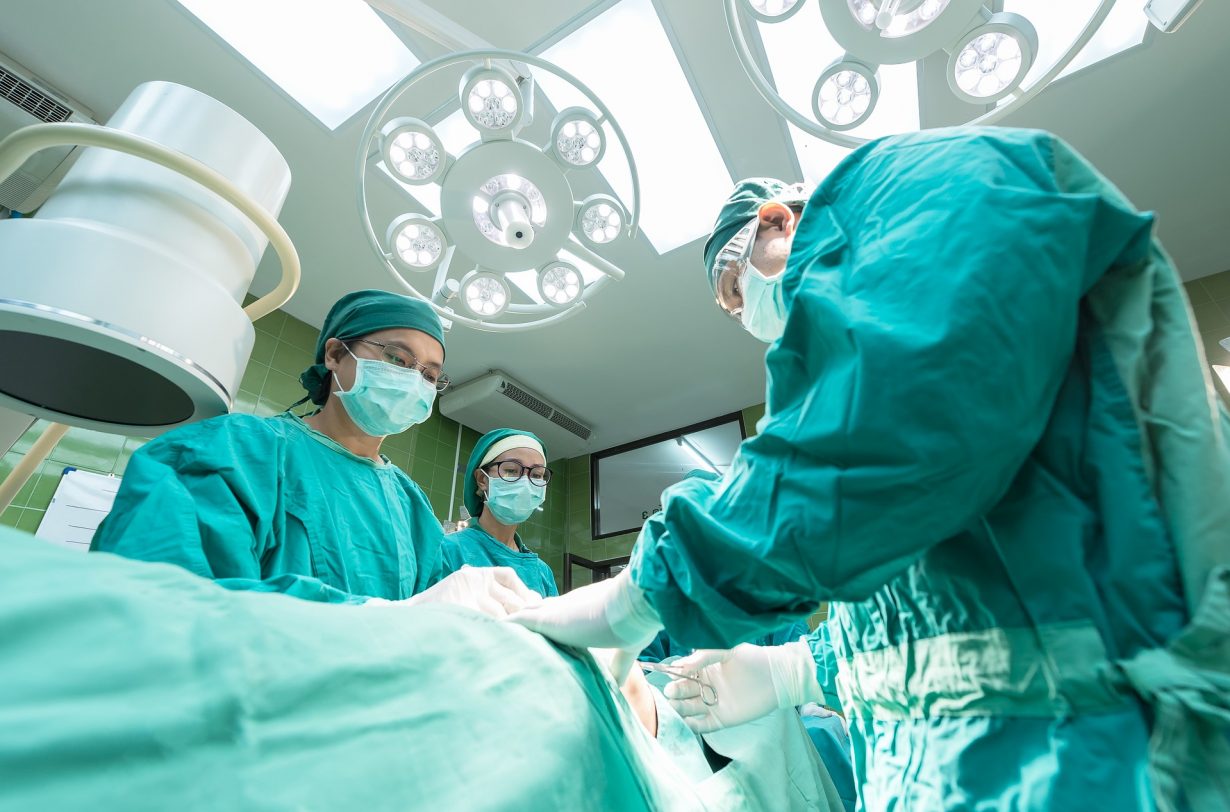
Renowned Robotic Surgeon First to Use New 3D Kidney Model
University of Miami Health System, Miller School of Medicine via Newswise – Renowned robotic urologic oncology surgeon Dipen J. Parekh, M.D., was the first in the nation to test a new preoperative surgical rehearsal technology recently approved by the Food & Drug Administration for all genitourinary conditions. The kidney models, made by Lazarus 3D, provide an additional preparation tool for some surgical procedures.
“The company reached out to me, and the device sounded intriguing,” said Dr. Parekh, a member of Sylvester Comprehensive Cancer Center, founding director of the Desai Sethi Urology Institute and director of robotic surgery at UHealth – the University of Miami Health System. “I thought that this may be a technology that would be worth trying to see if it can add value.”
While surgeons routinely study MRI and CT scans to understand each patient’s unique anatomy, 3D models offer an added level of detail, as well as giving surgeons the ability to hold, rotate, examine and conduct actual practice surgeries.
Replicating Human Tissue
The Lazarus 3D kidney surgical rehearsal models are created using imaging data and are made from pliable materials designed to replicate the look and feel of actual human tissue. The model organ is created with a novel 3D printing technology, and replicates the texture and pliability surgeons encounter in the human body.
“We use a range of proprietary silicone materials that are designed to simulate human tissue,” said Jacques Zaneveld, Ph.D., Lazarus 3D founder and CEO. “We can create materials that feel like skin, fat and organs. These materials are so lifelike, you can operate on them using the same tools and techniques used on real patients.”
Dr. Parekh used these models to prepare for two separate tumor surgeries, one of which required navigating some complex anatomy. “The test run showed me what to expect when I conducted the actual surgery,” he said.
Teaching Tools for Patients
Lazarus 3D leadership said these models can be especially helpful for residents and other early-career surgeons. They can also be used as teaching tools for patients, giving surgeons a visual aid to describe an organ’s anatomy and how they expect a surgery to proceed.
“For patients, it is an amazing communication tool and may help improve care,” Dr. Zaneveld said. “For physicians, it allows an opportunity to try different approaches and to better anticipate what the real surgery will be like.”
Testing is underway to expand the use of the modeling technology to other organ models, such as bladder and prostate. Prostate surgery can be particularly challenging, as doctors must avoid the bladder, musculature and important nerves, and and deal with other potential complexities.
“This may be a good simulation tool for patients who have a complex anatomy, such as an enlarged prostate or a median lobe, and require surgery,” Dr. Parekh said.
To read the original article click here.






